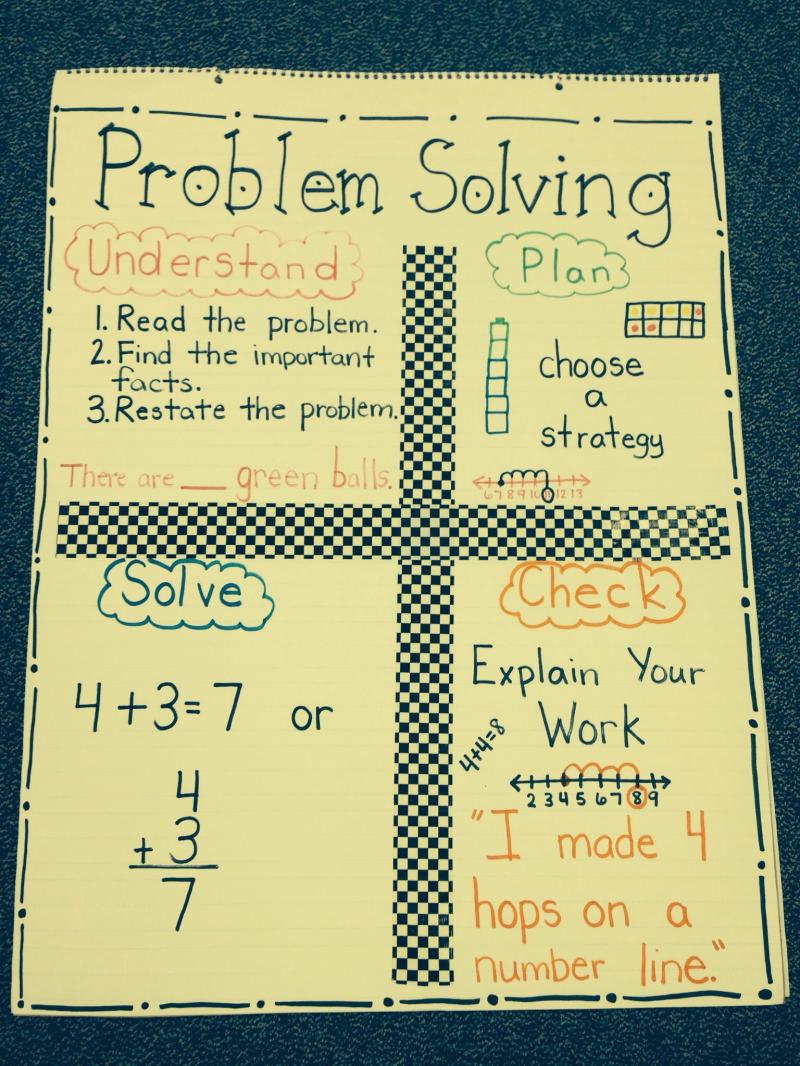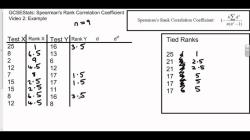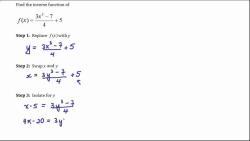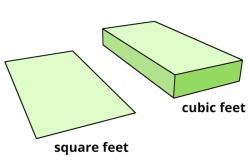What are the four steps for solving math problems?
Solving math problems can be made more manageable by following a structured approach. Here are the four general steps for solving math problems:
Understand the Problem:
- Read the problem carefully and make sure you understand what it is asking. Identify the given information and what you need to find. If necessary, rephrase the problem in your own words to ensure clarity.
Plan a Solution:
- Determine the appropriate method or strategy for solving the problem. This might involve using a specific formula, equation, or mathematical concept. Consider any relevant formulas or theorems that apply to the problem.
Execute the Plan:
- Carry out your chosen method to solve the problem. Perform any necessary calculations, algebraic manipulations, or logical steps to find the solution. Be sure to show your work, especially if it's a complex problem.
Check Your Solution:
- After finding a solution, it's important to check your work to verify that your answer is correct. This step can involve re-reading the problem, reviewing your calculations, and confirming that your solution makes sense in the context of the problem. If your solution is incorrect, revisit the problem and your approach to identify any errors.
These steps can be applied to a wide range of math problems, whether they involve arithmetic, algebra, geometry, calculus, or any other mathematical discipline. Remember that practice and patience are key to becoming more proficient at solving math problems. Additionally, seeking help from teachers, tutors, or online resources can be valuable when encountering challenging math problems.
Four Essential Steps for Tackling Math Problems
Solving math problems effectively requires a systematic approach and a combination of strategies. Here's a breakdown of four essential steps to tackle math problems:
Step 1: Understand the Problem
Read carefully: Read the problem multiple times to fully grasp the information provided.
Identify the unknown: Clearly identify what you are trying to solve for.
Restate the problem: Rephrase the problem in your own words to enhance understanding.
Draw a diagram or visualize the problem: Visual representations can aid in understanding relationships and spatial concepts.
Step 2: Devise a Plan
Identify relevant information: Determine which information is crucial for solving the problem and disregard irrelevant details.
Consider possible strategies: Brainstorm different approaches that could lead to the solution.
Break down complex problems: Divide large problems into smaller, manageable parts.
Choose a suitable strategy: Select the most appropriate strategy based on the problem's nature and the information provided.
Step 3: Carry Out the Plan
Apply the chosen strategy: Implement the selected strategy systematically and carefully.
Show each step clearly: Write down each step of your solution process to demonstrate your reasoning.
Use appropriate mathematical formulas and techniques: Apply relevant formulas, rules, and concepts correctly.
Check for errors: Review your calculations and reasoning to identify and correct any mistakes.
Step 4: Look Back
Verify the solution: Check if the obtained solution matches the problem's requirements and makes sense in the context of the problem.
Consider alternative solutions: Explore alternative approaches or methods to solve the problem.
Generalize the results: Identify any patterns or principles that apply to similar problems.
Reflect on the process: Evaluate the effectiveness of your problem-solving approach and identify areas for improvement.













